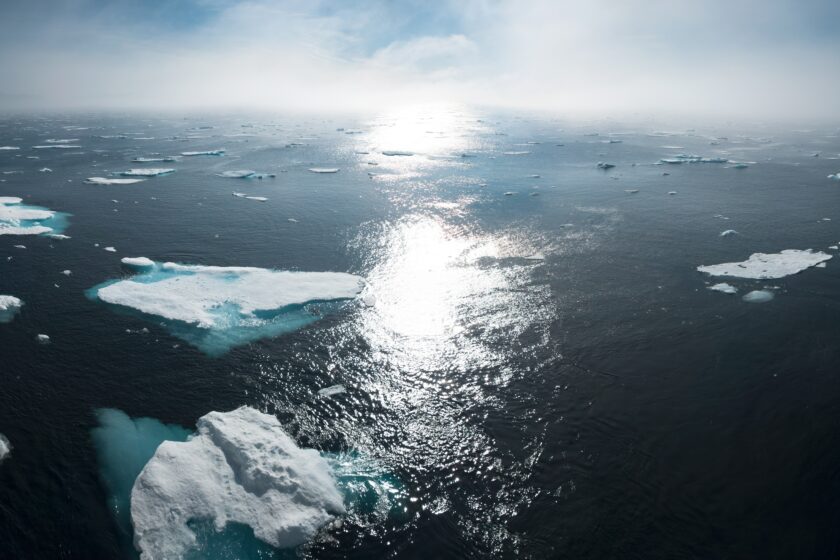The United Nations Climate Change Summit held in New York September 21 through 23 began with hopes for commitments by the world’s biggest polluters of dangerous greenhouse gas emissions, including China, the US and India, to announce sharp reductions in emissions to keep global warming below the dangerous threshold of 1.5 C. But the Summit ended with disappointments. China is responsible for 30 percent of today’s annual carbon emissions; the US is responsible for 15 percent and India 7 percent. None of these the three biggest polluters announced any policies to further reduce their national contributions of Greenhouse gases.
Since the Industrial Revolution began in the mid 1800s in the US and western Europe, the amount of greenhouse gases from burning coal, oil and natural gas and deforestation, have increased 50 percent and worldwide average temperatures have increased 1 C, (1.8 F). Climate scientists warn that if the average global temperatures increase an additional .5 C to 1.5 C, the planet will cross a dangerous threshold that will cause a cascade of uncontrollable and irreversible processes that lock in rising temperatures for thousands of years. This includes the melting of the world’s great ice sheets and thawing of the permafrost in high latitudes that will release large amounts of stored carbon. To avoid that dangerous threshold, carbon emissions must be reduced worldwide by 45 percent by 2030 and reach carbon neutrality by 2050.
If the industrialized nations of the world continue business as usual without drastic and immediate reductions of greenhouse gases, sea levels will rise by three feet or more by the end of the century inundating coastal cities, causing severe droughts in the US and on other continents that will reduce grain production by 40 percent and hundreds of millions of climate refugees will flee uninhabitable areas of the world and migrate to safer regions.
The World Meteorological Organization announced its new report, entitled, United in Science, on September 22, 2019 as the UN Climate Change Summit was getting underway. The key findings of the report are:
- The Earth will experience the five warmest years on record during the period 2015-2019.
- Levels of the main greenhouse gases, carbon dioxide, methane and nitrous oxide have reached new levels. The amount of carbon dioxide in the atmosphere has increased from 280 parts per million (PPM) in 1780 to 415 PPM today. The last time carbon dioxide levels were this high was 3.3 million years ago when temperatures were 2 C-3 C warmer than today and the oceans were 10-20 meters higher.
- Arctic summer sea-ice extent has declined at a rate of 12 percent per decade during the period 1979-2018. The Antarctic ice sheet, that holds 61 percent of the world’s fresh water is losing ice at a six-fold increase during the period 1979-2018.
- Global development of renewable energy sources such as wind and solar are increasing at an extraordinary rate during the past decade. But demand for energy in the world is increasing at a rate greater than the development of new renewable energy. That has increased growth in fossil fuel use. Fossil fuels must be sharply reduced and eliminated entirely by 2050.
- The Nationally Determined Contributions, (NDC), the non binding commitments made by nations at the 2013 UN Climate Change Conference in Poland and at the 2015 Paris Climate Accords to reduce greenhouse gas emissions, if met, would still cause an increase in worldwide average global temperatures of between 2.9 C and 3.4 C (5.2 F and 6.1 F) by 2100. This is well above the goal of keeping temperatures below 1.5 C to avoid the worst catastrophes of climate change. The NDCs must be increased immediately to keep temperatures below 1.5 C. The world’s nations need to triple the NDCs to keep temperatures from rising above 2 C and increase five-fold to align with the 1.5 C limit.
- The world’s oceans absorb 25 percent of the carbon emissions from human activities. This has caused the oceans to become acidic, a level 26 percent above pre industrial levels. Acidification of seawater reduces the ability of ocean organisms to develop shells and plates out of calcium carbonate, including clams, oysters, lobsters, zooplankton and corals.
Ocean acidification has been called the twin evil of climate change.
With each year that passes without a sharp reduction of greenhouse gases by the countries that are world’s major contributors, we are approaching a point of no return within 11 years for climate change to spiral out of control. By the end of the century cities around the world will become uninhabitable from sea level rise, reductions of fresh water for drinking and farming, and rising temperatures will render many cities in the world unlivable.
Barak Obama took the lead at the 2015 Paris Climate Accords to convince major polluters like China to commit to a several-year plan to reduce green house gases. But the Trump White House has lost any moral authority to lead the world by example. Instead it is a climate change denier, despite the overwhelming evidence, including the US’s own Fourth Nations Climate Assessment of November 2018, of an impending global disaster if no drastic greenhouse gas reductions are instituted.
